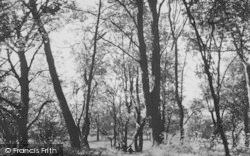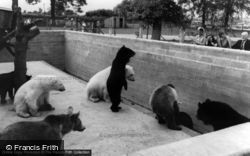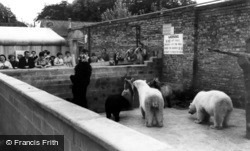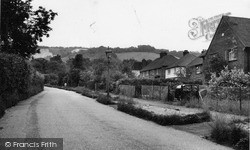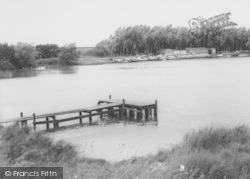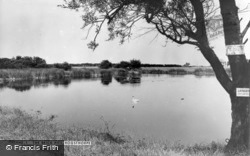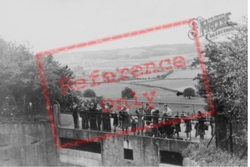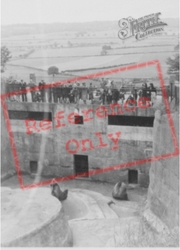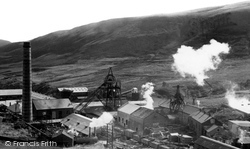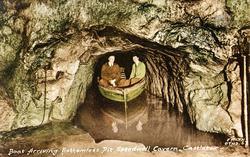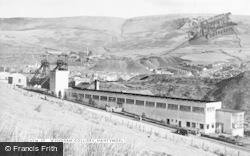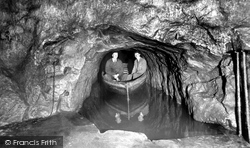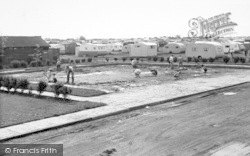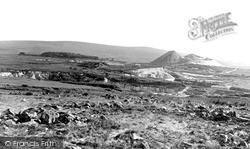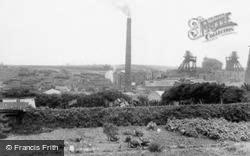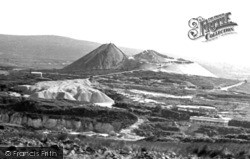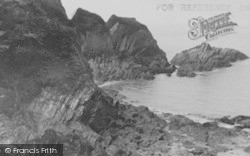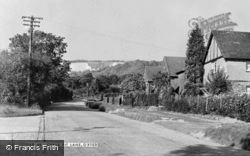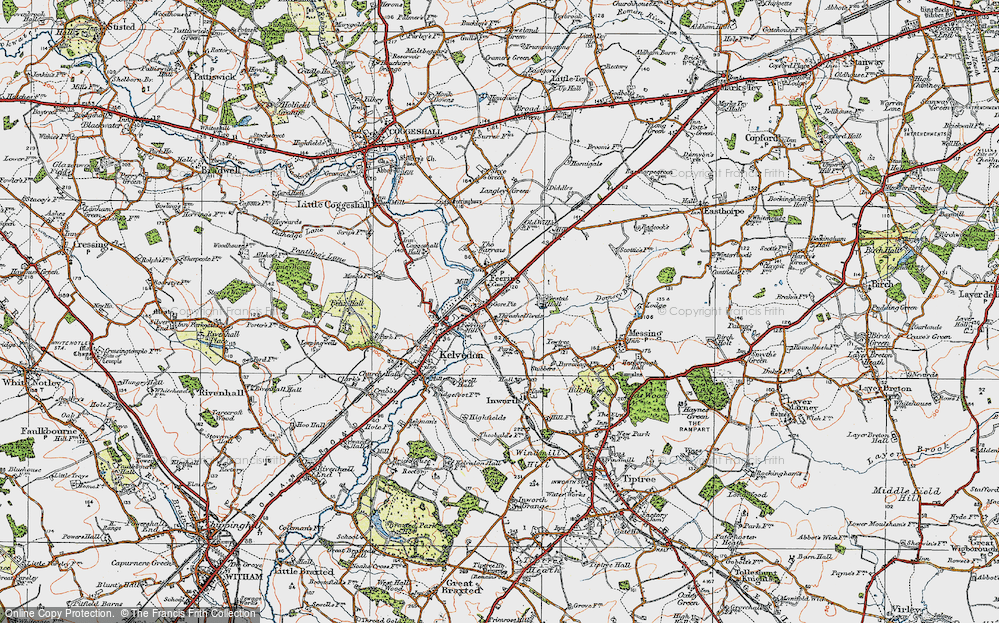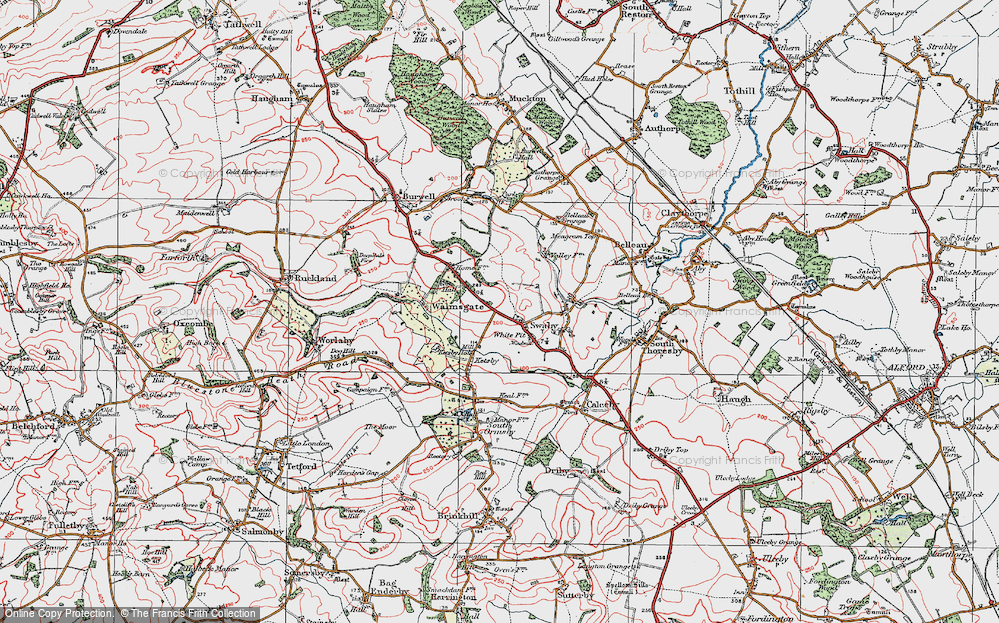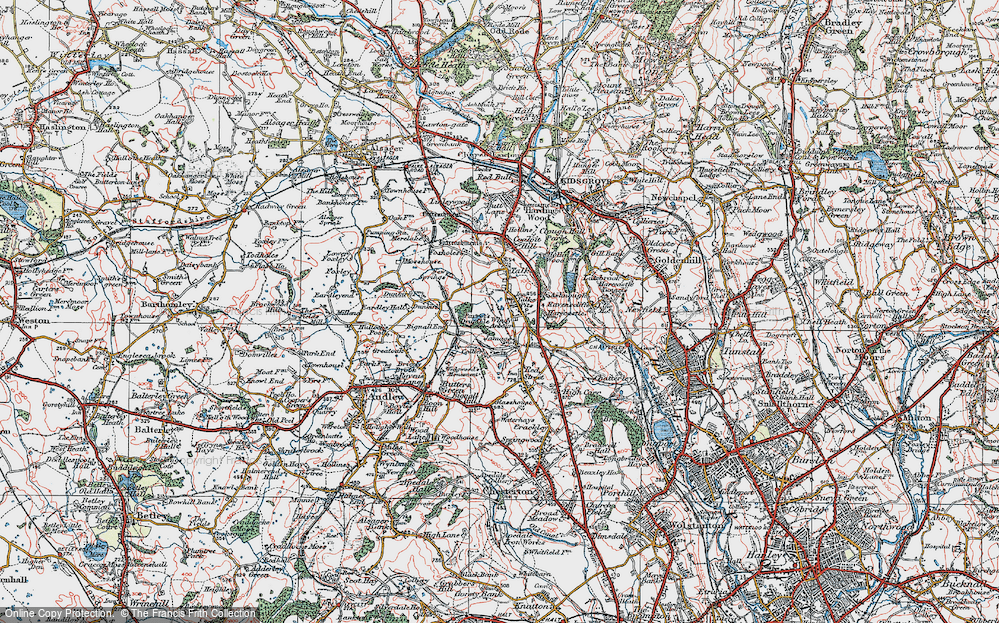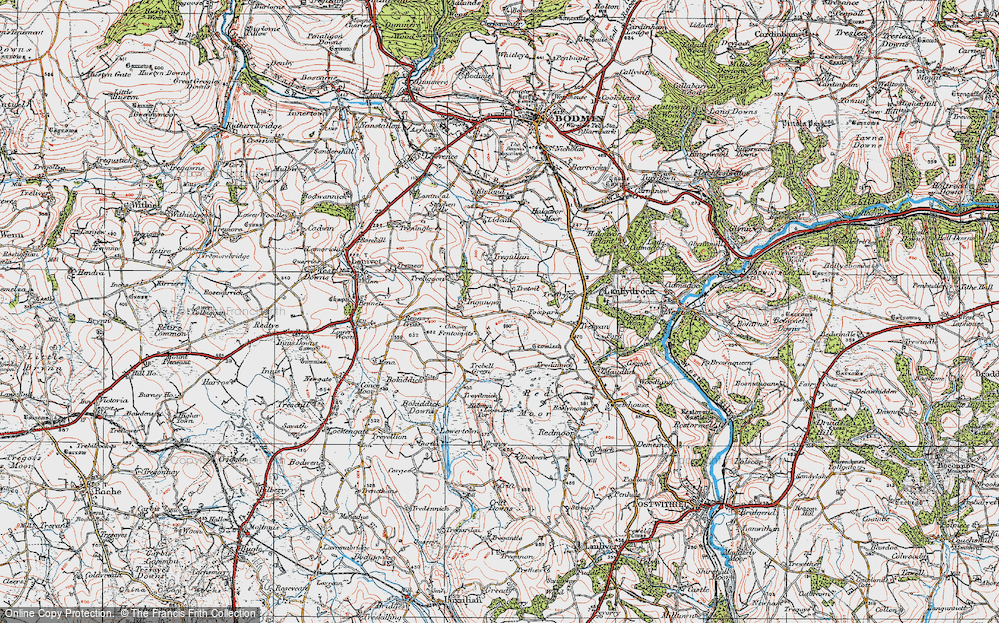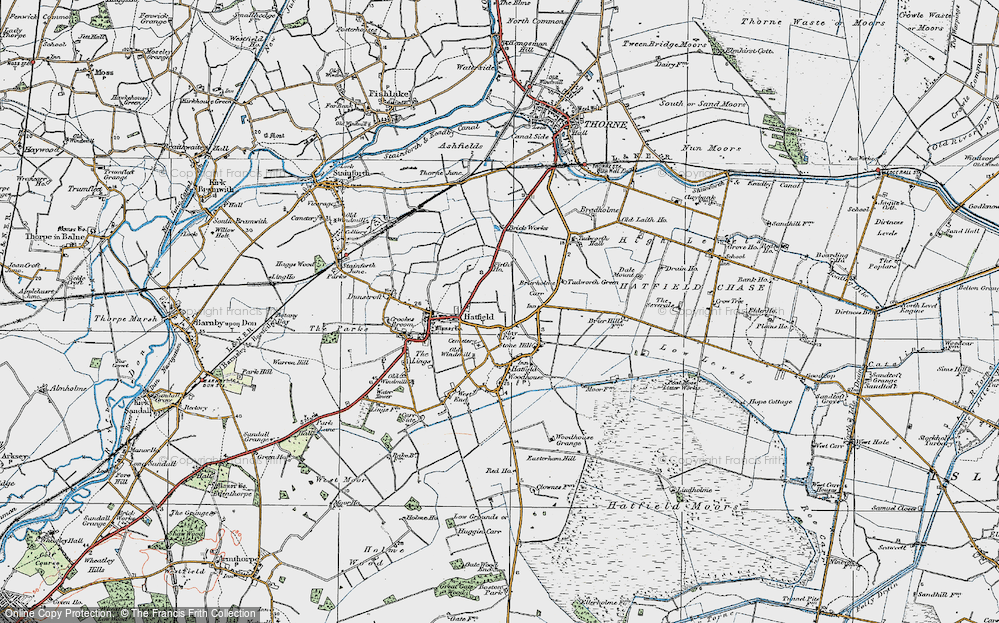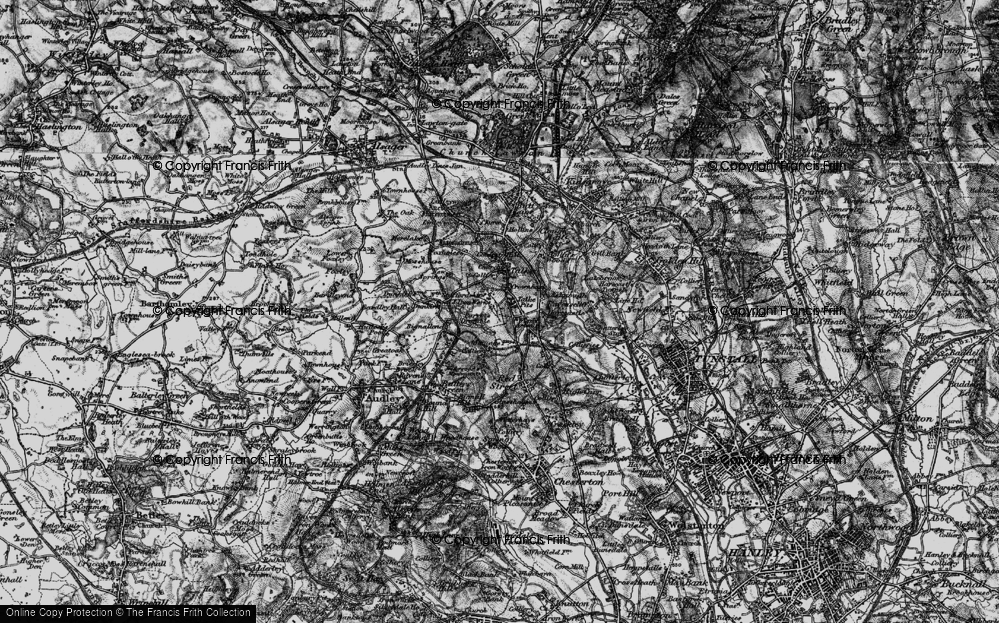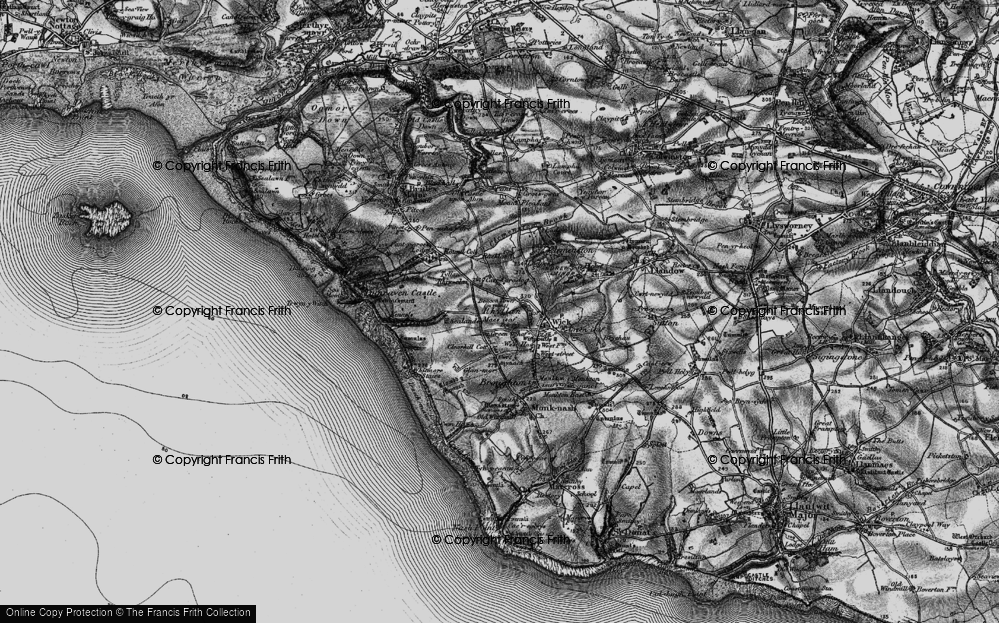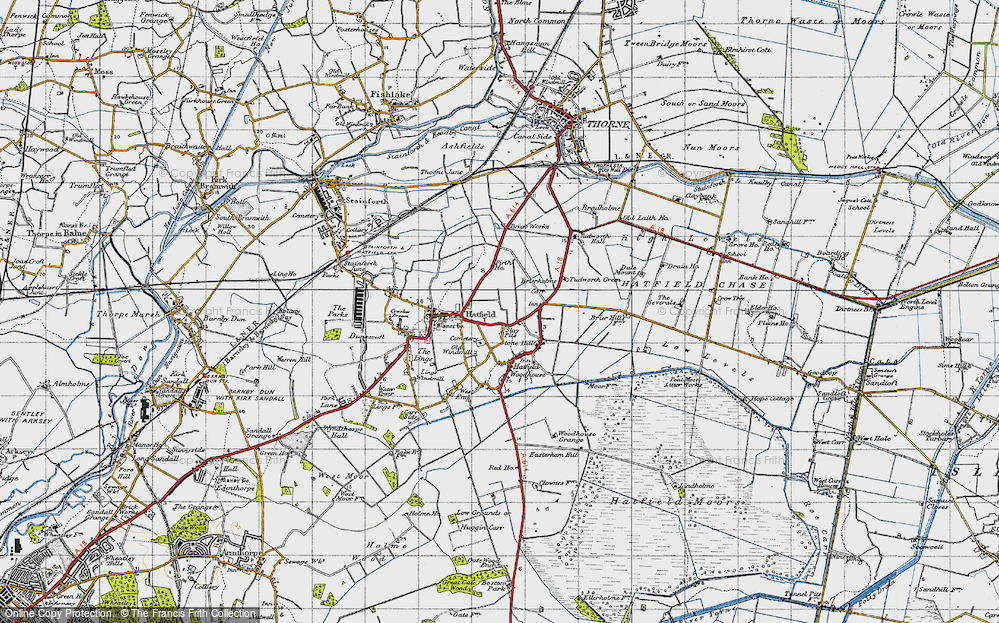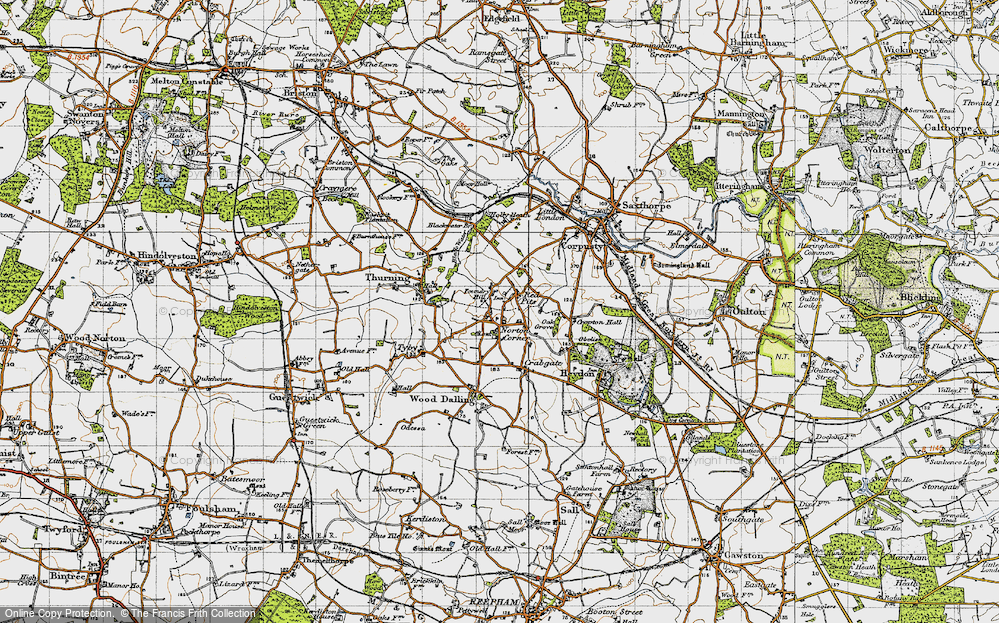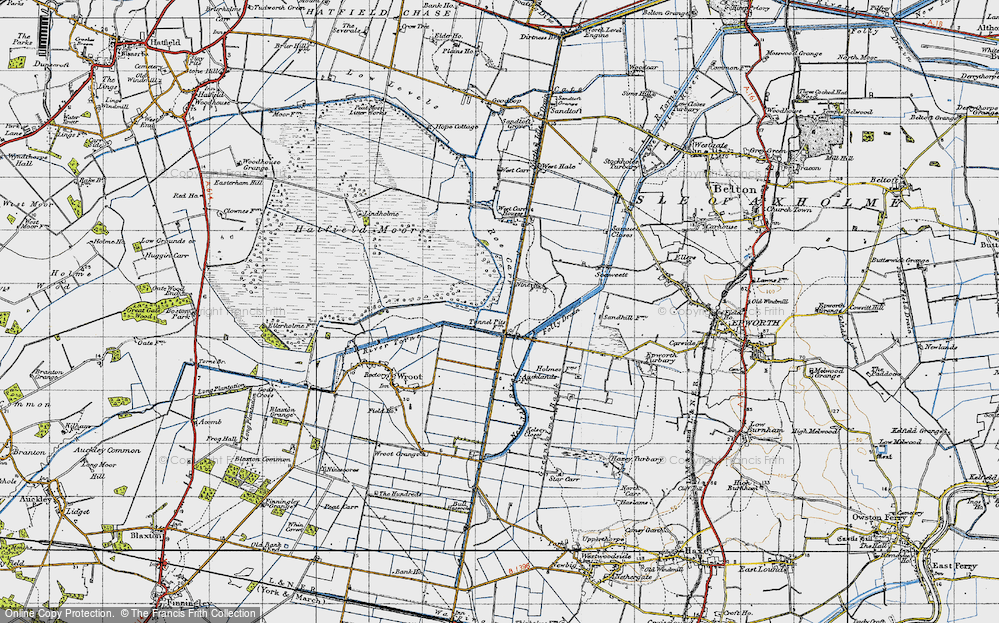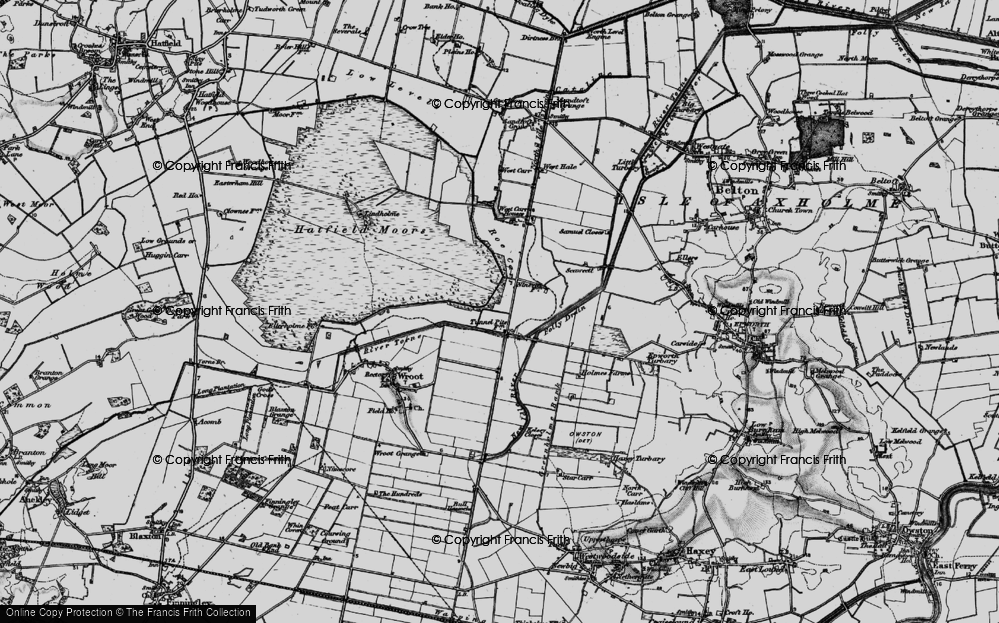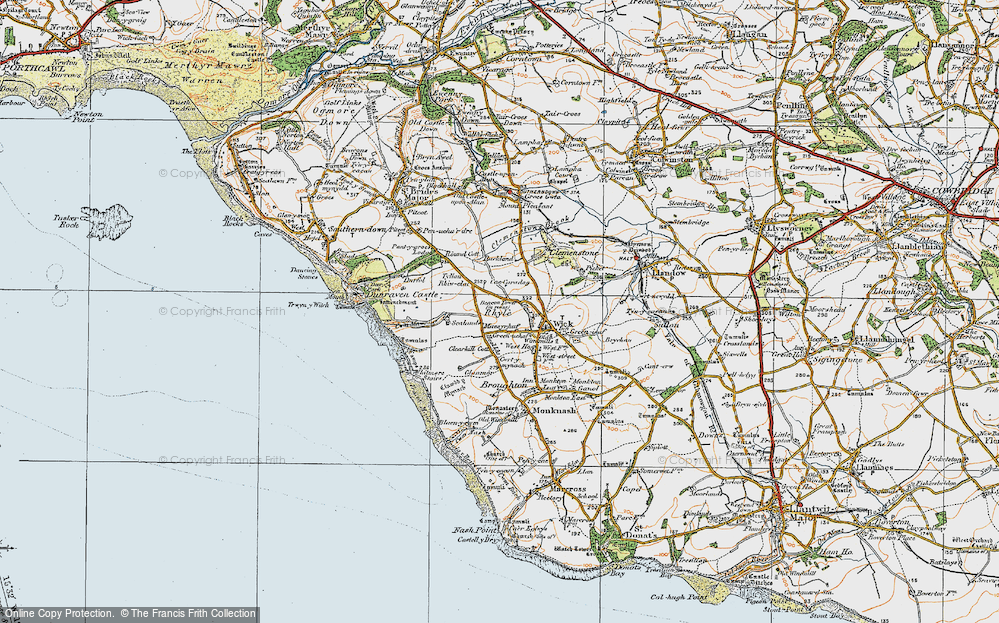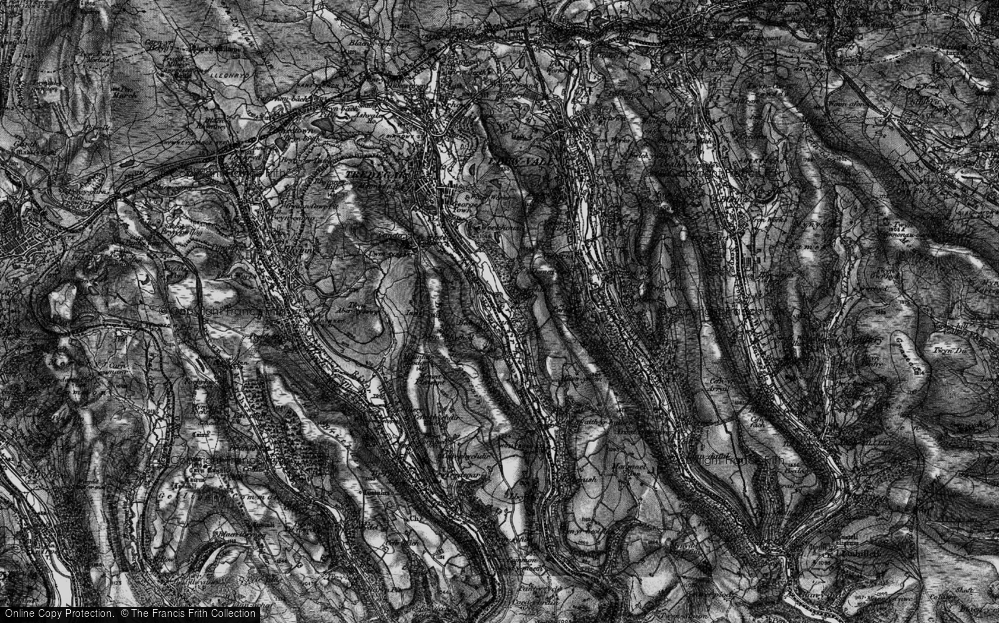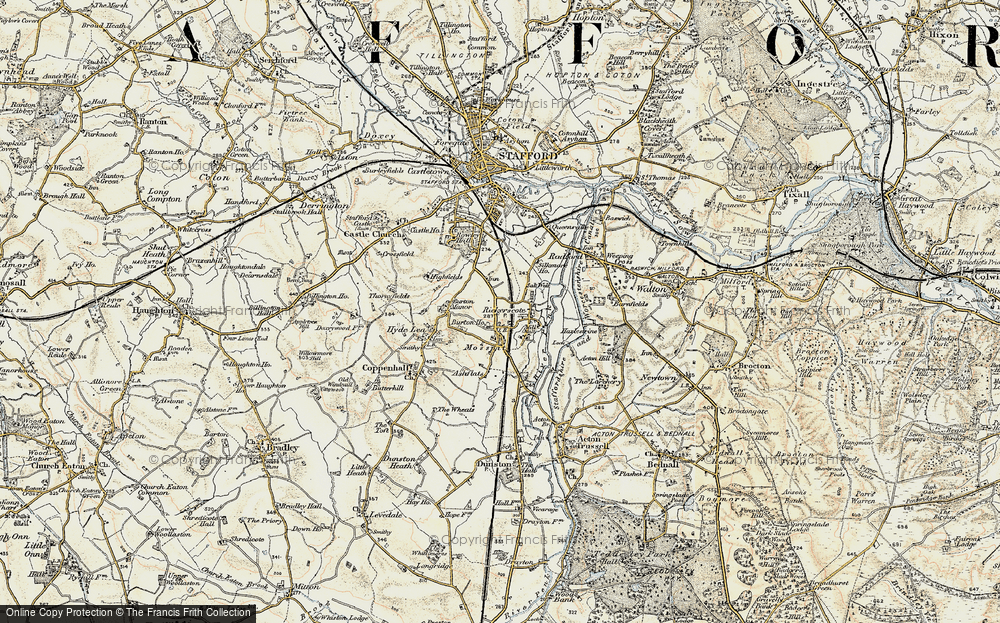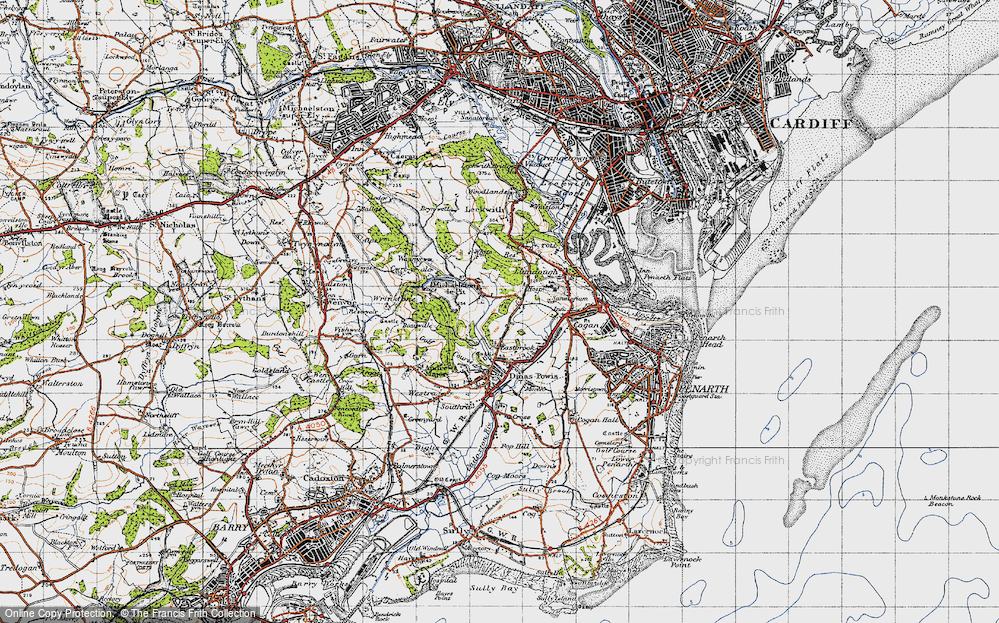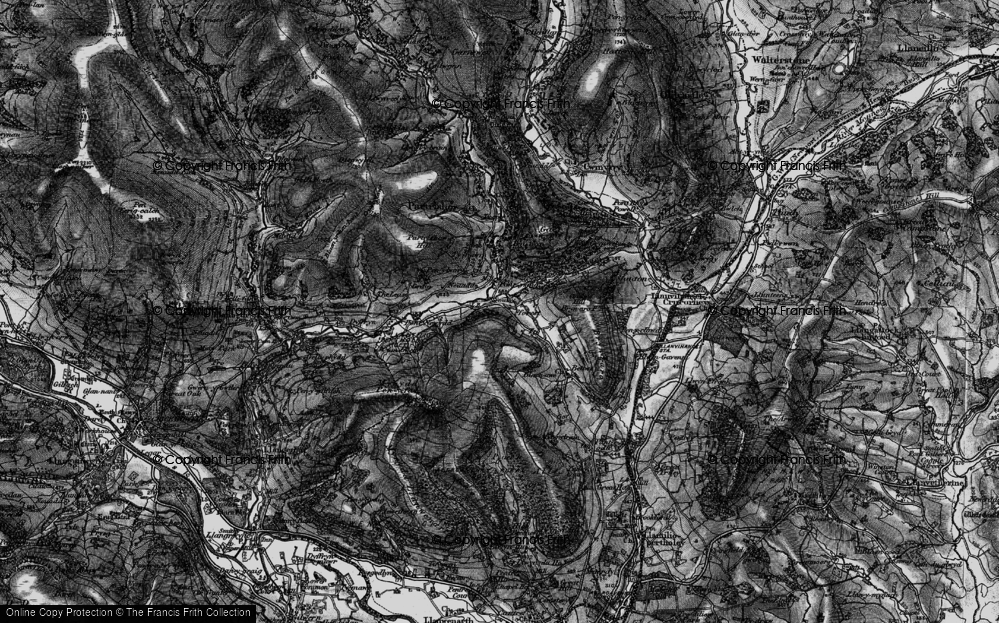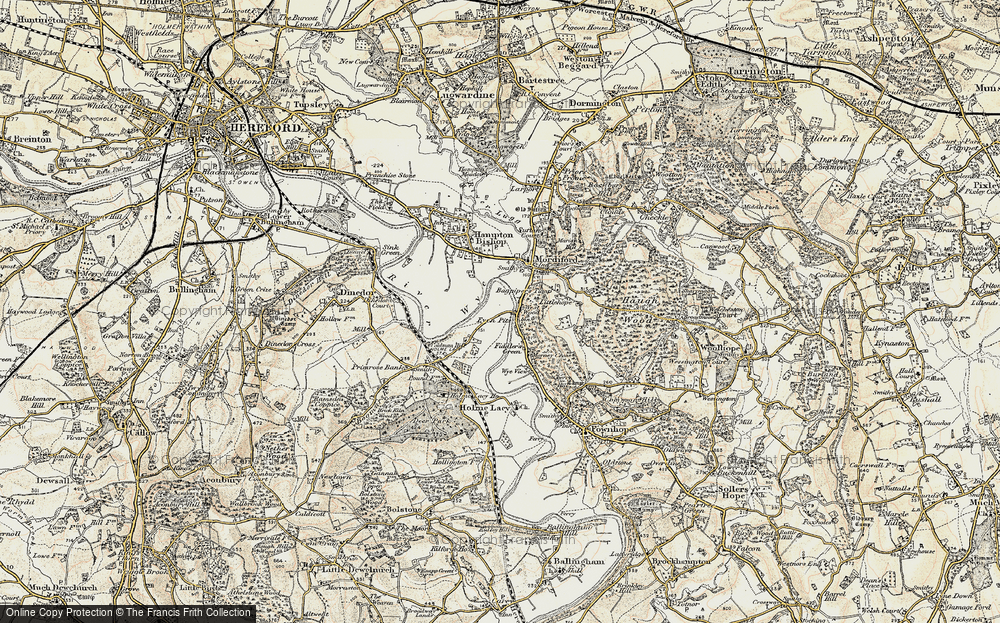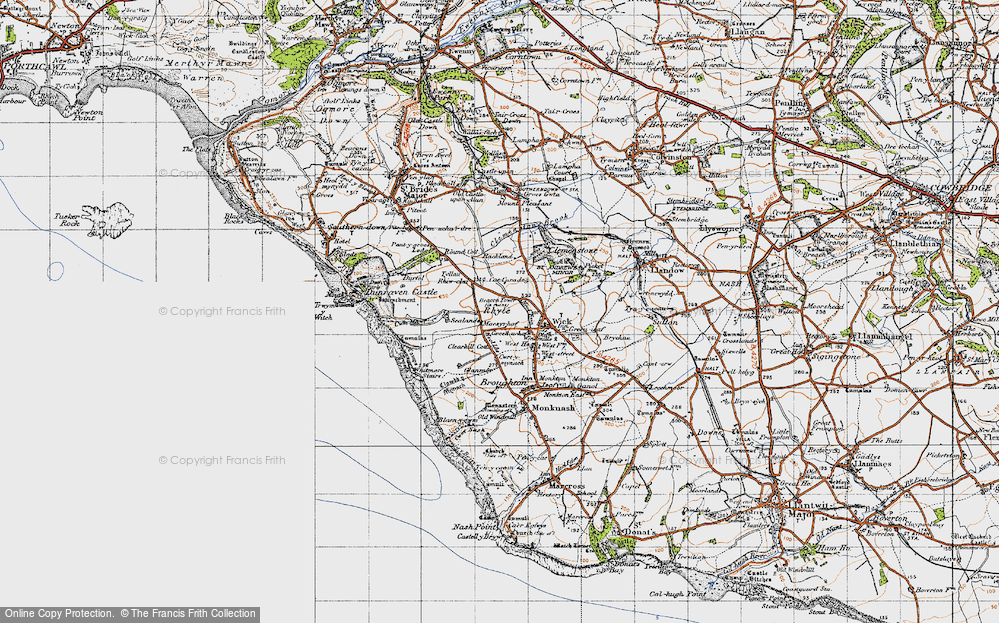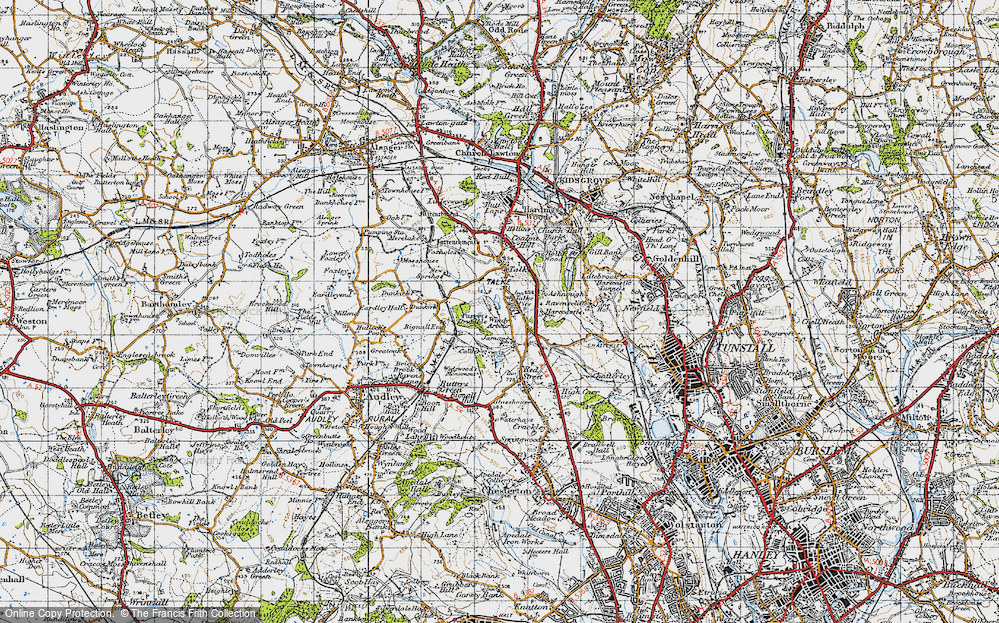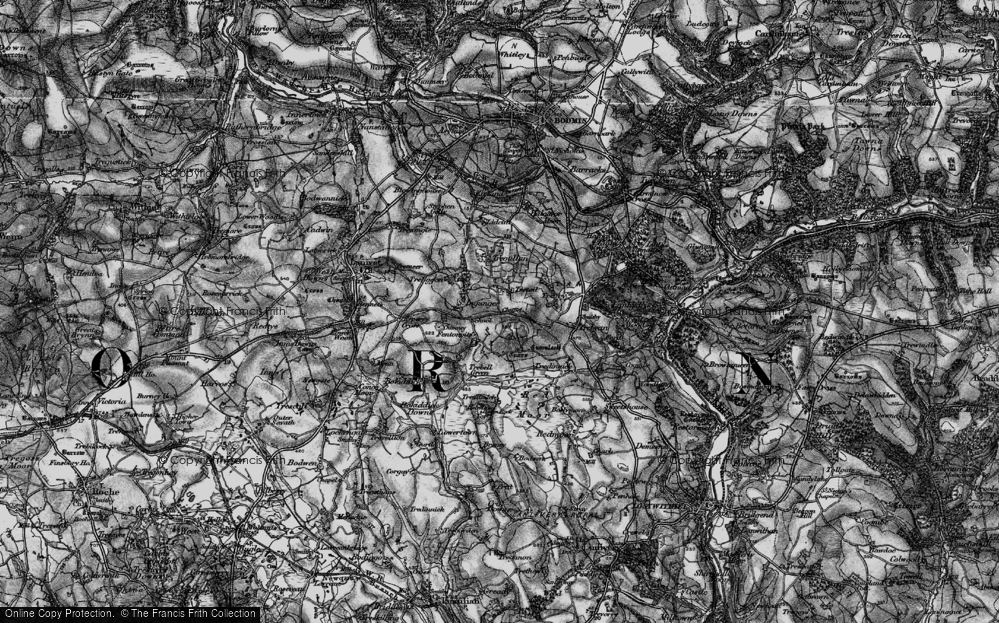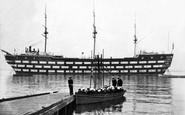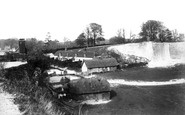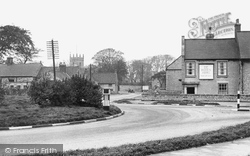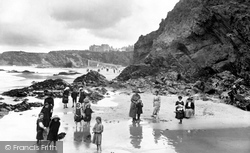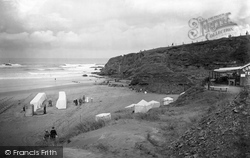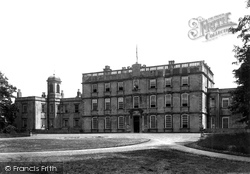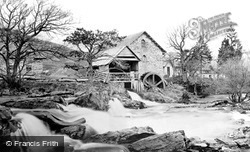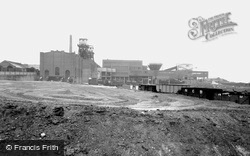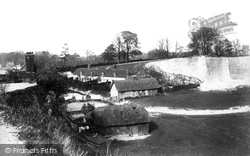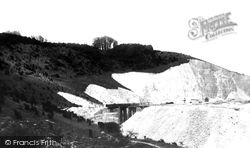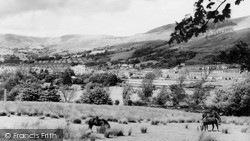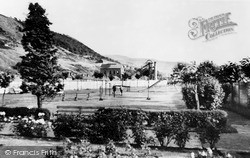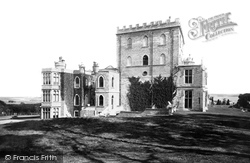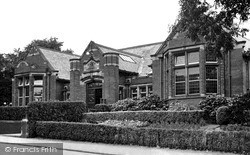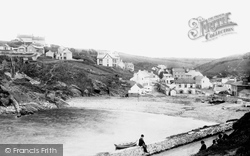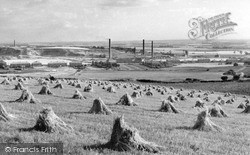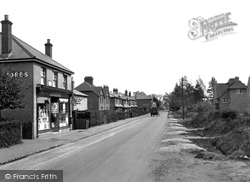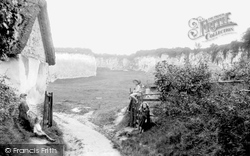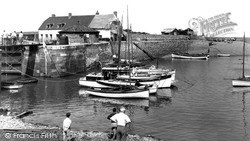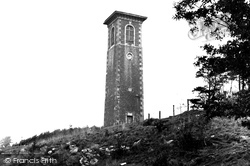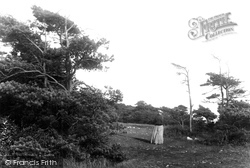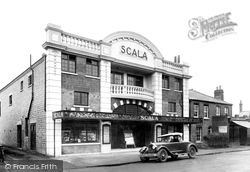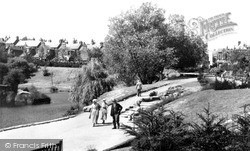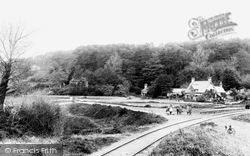Places
15 places found.
Those places high-lighted have photos. All locations may have maps, books and memories.
- Pit, Gwent
- Talke Pits, Staffordshire
- Tunnel Pits, Humberside
- Bedwellty Pits, Gwent
- Fenton Pits, Cornwall
- Slay Pits, Yorkshire
- Tre-pit, South Glamorgan
- Bailey Pit, Gwent
- Gore Pit, Essex
- Moss Pit, Staffordshire
- Red Pits, Norfolk
- White Pit, Lincolnshire
- Even Pits, Hereford & Worcester
- Forest Coal Pit, Gwent
- Michaelston-le-Pit, South Glamorgan
Photos
89 photos found. Showing results 21 to 40.
Maps
84 maps found.
Books
Sorry, no books were found that related to your search.
Memories
867 memories found. Showing results 11 to 20.
My Old Home Town
I lived in Mounts Road for the first eleven years of my life and spent most of my days exploring during the summer holidays, espcially the cows field at the rear of our house as there was a tunnel in middle of field where the ...Read more
A memory of Greenhithe in 1984 by
Devils Pond
To all the young 'ens of that era or anyone else - who remembers walking down and up the self beaten footpath behind the long established fish & chip shop opposite the old Heppinstall's general store (long since gone), to ...Read more
A memory of Thornhill Lees in 1983 by
Gravel Pits
I've fond memories of playing over at the gravel pit down Dark Lane in Blackfield and when my dad drove for Hall Aggregates in the 1970s.
A memory of Blackfield in 1982 by
Our Time In Spinkhill
When we moved to Spinkhill in 82 there were many people who had lived in the village for quite some time. Gerard Cross and his two sisters Beryl and Agnes were one family. Beryl was a teacher at Spinkhill School for many ...Read more
A memory of Spinkhill in 1982 by
Post Office
Buying matchbox cars in what used to be the Post Office, sometimes after nursey school, my mum and I would walk up there and pick one out from the glass display case at the front of the shop. That's in the days when matchbox cars ...Read more
A memory of Elworth in 1982
Chalk Pit & The Hunt
Julian's hunt story is almost right. I was living at the Chalk Pit at the time, and still do. It was about 1981, on a Saturday lunchtime, when the hunt came over the top, but it wasn't on Boxing Day. The hounds were chasing Hares. ...Read more
A memory of Odiham in 1981 by
My Dad
My father Alan Clowes died down Askern pit on 20/5/1980. I've looked on lots of websites concerning Askern colliery but I can find no reference to him. I was 13 years old at the time and would like to know more about it. I don't live in ...Read more
A memory of Askern in 1980 by
Heswall Childrens Hospital Circa 1979 1980
I was in this hospital for a couple of years when I was around 4 years old! (Hence the vagueness.) I recall the wards (dorms) and I recall bouncing from one bed to another along the entire length of the ...Read more
A memory of Heswall in 1979 by
Pontypool
My family lived in The Globe in Crane Street from 1973 until I guess 1980, although I had left in 1979, John and Kitty, ran a fab pub which was always very busy with many customers working in the council and police station. The pub was ...Read more
A memory of Talywain in 1978 by
When We Came Here
When our family, consisting of myself, Jean Pauline Smith, my mother who has since passed away (also called Jean, but her middle name is Audrey), and my sister and brother came to Bulwell, we came from the famous or infamous ...Read more
A memory of Bulwell in 1978 by
Captions
118 captions found. Showing results 25 to 48.
Many men found work at nearby pits, including Barlborough on the outskirts of the village.
The rocky cliff faces are scored and pitted by wind and waves, causing sizeable blowing holes and fissures.
Bathing has not always been the family pastime it is today. 'Tommy's Pit', built at the end of the breakwater, was strictly men only, while women used Crooklets beach, then named Maer Beach.
Copley had become one of the leading ironmasters in South Yorkshire, thanks to a leasing arrangement with the Earl of Shrewsbury which gave him access to Shrewsbury charcoal woods and coal and ironstone pits
One of its more interesting features is what is thought to be an ancient beheading pit.
At this time, Easington was one of six large pits situated along the coast of County Durham; the others were Wearmouth, Vane Tempest, Dawdon, Seaham and Horden.
French soldiers were held as prisoners at Odiham during the Napoleonic wars, living in a camp dug out of an old chalk pit on the Alton road.
Not only lime but also some building stone was formerly quarried in the huge Betchworth chalk pit. It had its own narrow gauge railway, which is visible here.
New Pond was dug in the 14th century (Upper Pond is an old brick pit) and was once a popular bathing place. It is now stocked with fish and bathing is prohibited.
These do not look like young of the pit ponies and nor are they working horses.
As we have seen even the smallest colliery village wherever it may be in the Rhondda Valleys has its own park. This one looks more suited to the youngsters of the area with its swings and slide.
The present building was largely the work of the Victorian Colonel Waugh, who developed the island by opening clay pits and potteries in its wildest corners.
Local pit manager Sir William Garforth, who donated 250 books, opened this Carnegie Library on 29 May 1907.
It also had nearby coal-pits, which sent out some of their produce from the beach here.
Standing in the upper Douglas Valley, Wigan was once a market town, but by the mid 19th century it was a major centre for Lancashire's coal industry.
These included Unwins print works, a tannery, the gravel pits, and three laundries.
French soldiers were held as prisoners at Odiham during the Napoleonic wars, living in a camp dug out of an old chalk pit on the Alton road.
Covering some eight acres, this is believed to be the largest chalk pit in Hampshire.
Coal and limestone were once brought from Wales, and pit props were sent there.
The builder, Wade Brown, was a local quarry owner; woods have now overgrown the local pits and quarries cut into the sides of Bathford Hill.
The lady is looking into one of the numerous prehistoric crop storage pits that had been excavated by the antiquarian C W Dymond a few years previously.
The ornately designed building is a vivid reminder of the days, long before the television and video age, when every town in the country had a picture house, or 'flea pit' as they were sometimes known
Since its official opening in Coronation year (1953) by Sir Noel Arkell, this area in the centre of the town has been known as Queens Park.
Coppet Hall's name is believed to be derived from 'coal pit haul': before the laying of the railway track in the 1870s, a tramline existed on which coal was hauled on horse-drawn trucks to
Places (15)
Photos (89)
Memories (867)
Books (0)
Maps (84)


